Rutenbeck Electrical Installation
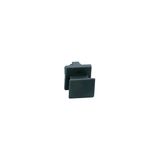

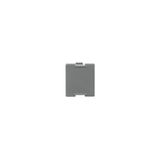

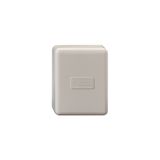
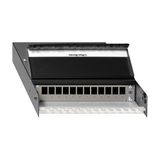
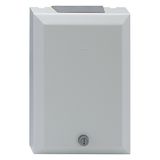

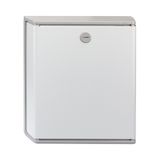
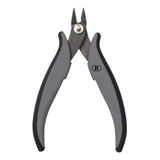
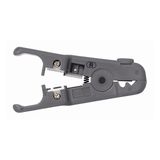
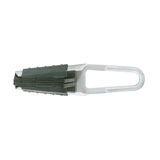


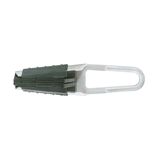

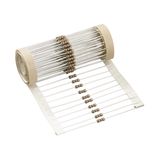
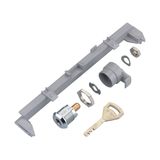
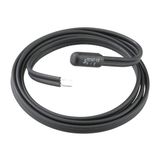
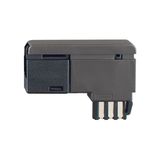
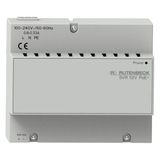
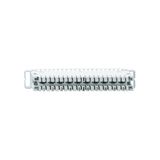
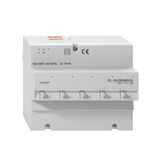
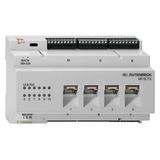



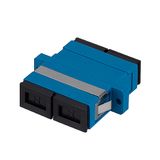
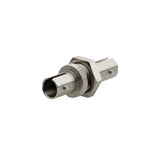

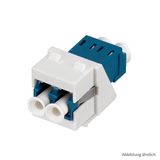
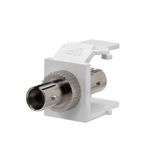
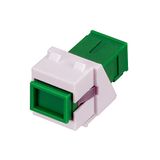
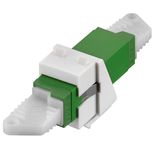

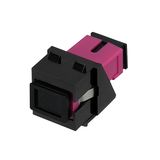

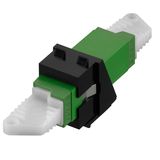
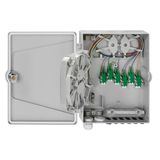
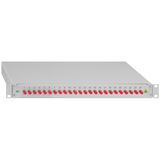
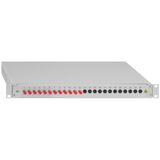

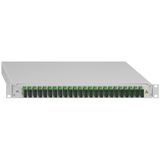
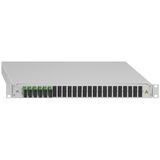
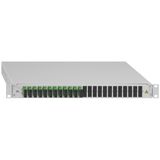
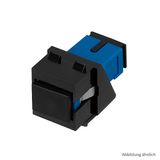
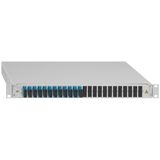

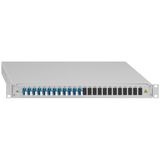
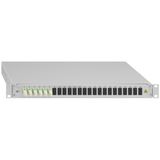
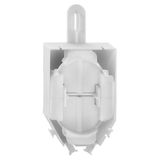
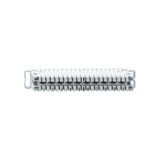
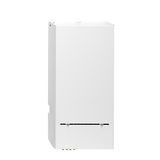
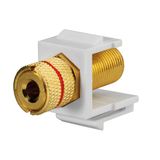
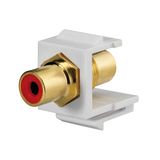
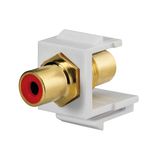
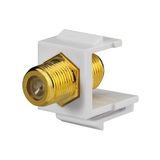

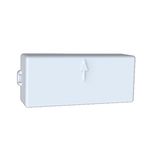
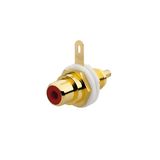
rutenbeck installation for structured wall and cabinet work
Project teams specify Rutenbeck when they want repeatable installs across hotels, offices, and retail sites: boxes that sit flush, frames that line up, and accessories that keep wiring neat and testable. The focus here is mounting geometry, mechanical integrity, and clear compatibility with EU standards and common site practices.
rutenbeck mounting systems product range and formats
Flush and surface back boxes — round Ø68 mm with 60 mm screw spacing or rectangular multi‑gang variants. Depths 45/60/68 mm cover standard and device‑heavy outlets (USB chargers, keystones). Surface boxes and spacers handle solid walls and retrofit.
Mounting frames and carriers — single to 5‑gang frames in 55×55 mm geometry with adapters for 45×45 modules; true‑level features keep lines straight on uneven plaster. Carrier plates accept switches, sockets, data outlets, and blind controls.
Conduit and trunking interfaces — entries for M16/M20 metric conduits and snap‑on cable trunking; knockouts and glands restore IP at entries.
Fixings and supports — claw/screw fixation, reinforcement rings for drywall, and bracket kits for multi‑gang horizontals to avoid drift over time.
rutenbeck installation boxes technical specifications and standards
- Materials & fire: halogen‑free, UV‑stable polymers with options in UL 94 V‑0 families; heat‑resistant carriers for sustained load; colorfast fronts for cleaning agents.
- Ingress & impact: indoor IP20 baseline; splash‑zone kits lift protection to IP44 with gasketed frames; impact behaviour aligned with typical IK07–IK08 requirements.
- Back box geometry: Ø68 and rectangular footprints follow EU norms; rigid claws for plasterboard; bayonet and screw collars for secure seating.
- Conduits & trunking: compatibility with conduit systems to EN 61386 and cable trunking to EN 50085; bending radii and fill factors maintained for data and power segregation.
- Strain‑relief & cable entry: gland threads and internal clamp points sized for common jacket ODs; selection follows EN 62444 for strain‑relief classification.
- Device interfaces: sockets to IEC/EN 60884‑1; switches to EN 60669‑1; data modules sit within ISO/IEC 11801 / EN 50173 when populated with Cat6A keystones.
Installer tip: choose deep boxes whenever USB chargers or dual keystones share a frame; it preserves bend radius and avoids cable crush.
rutenbeck wiring accessories applications and compatibility
- Hotels and residential‑style fit‑outs — multi‑gang rows with switches, Schuko outlets, USB power and data; locator LEDs assist low‑light navigation
- Retail and offices — angled outlets reduce plug protrusion behind fixtures; trunking interfaces keep routes tidy along perimeter walls.
- Healthcare and education — antibacterial fronts and IP44 kits near sinks and corridors; clear legends standardize wayfinding.
All inserts seat in the same frames and back boxes; data, USB, and TV modules share the carrier pattern, so crews stock one ecosystem of parts and tools.
Integration with other brand products
Rutenbeck carriers co‑exist with structured cabling (Cat6A) and building services (DALI/0–10 V/KNX) specified elsewhere on the job. Keep SELV/ELV runs in separate conduits from mains to meet EMC and inspection rules. For blind motors, pair momentary/rocker inserts with upstream relay actuators and label circuits on the as‑built drawings.
rutenbeck cabling support selection criteria for B2B clients
- Box depth and device mix — 45 mm for standard switch/socket; 60/68 mm for USB chargers and multi‑module frames; allow space for keystone bend radius.
- Ingress target — IP20 for dry rooms; IP44 kits in splash areas; define cleaning agent exposure for finish choice.
- Conduit/trunking plan — confirm M16/M20 entries and trunking adapters; route ELV and mains in separate paths; respect fill and bend limits.
- Fixation method — claw vs screw based on substrate; use reinforcement rings in drywall and brackets for long multi‑gang runs.
- Finish and lifecycle — antibacterial or high‑durability fronts for healthcare/food; standardize a colorway across sites for spare interchangeability.
Procurement typically standardizes one Ø68 back‑box depth, one 55×55 frame line, and adapters for 45×45 modules; stock remains lean while coverage stays broad.
Advantages of working with Bankoflamps
Your commercial terms mirror the BOM: individual B2B pricing and formal offers, a dedicated account manager, and live EU‑wide stock visibility. Quotes typically arrive in about an hour. Orders place by EAN/MPN with clean traceability, and our price lists are downloadable and current. You get lead‑time and order‑status tracking, purchase‑history analytics for SKU consolidation, and post‑payment up to 30 days for trusted clients. We also plan consolidated shipments to lower freight costs, keep prices stable with validity dates, and support teams in France, the Baltics, Germany, Spain, Italy, Belgium, and the Netherlands.